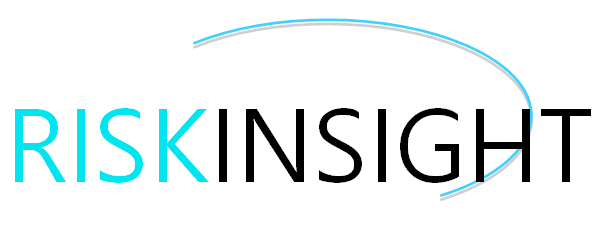Disaster Risk Management & Enterprise Risk Management
- By florian.glinserer
- •
- 16 Jul, 2018
- •
Are there opportunities for knowledge sharing across them?
I liaise with practitioners who work in ERM and practitioners who work in DRM. I think that there are elements of synergy and opportunities for collaboration between people who work in these areas of risk management.
It would seem at first glance that the objectives that both practices focus on are different. The governing standards are different (for example, DRM uses the Sendai Framework 2015-2030, whereas ERM uses ISO 31000:2018 and COSO ERM amongst others), and the definition of risk in ERM is different to DRM. Nonetheless, opportunities for learning exist.
For example, business and the private sector is arguably going through greater, and faster, change than ever. Effective ERM can make a big difference to performance and outcomes. There could be some valuable pointers and ideas that people who deliver ERM could learn from DRM. For example, the use of scenario analysis in DRM could be something that ERM practitioners could find interesting.
In DRM, some practitioners say they need to re-calibrate their approach, to take into consideration scenarios that are worse than they would have planned for in the past. For example, drought patterns are changing, deforestation is changing, and the impact of rapid urbanisation. There is a pressing need to understand the evolving risks involved to everything that is happening, and how best to approach and deal with them. The approach that DRM practitioners take as they change their focus could perhaps benefit from looking at the tools and techniques that are used in ERM (such as decision-making techniques, investment analysis, controls design and the use of bowties).
Hopefully there are opportunities for people who work in ERM and DRM to come together and share their experiences and practices in knowledge sharing environments.
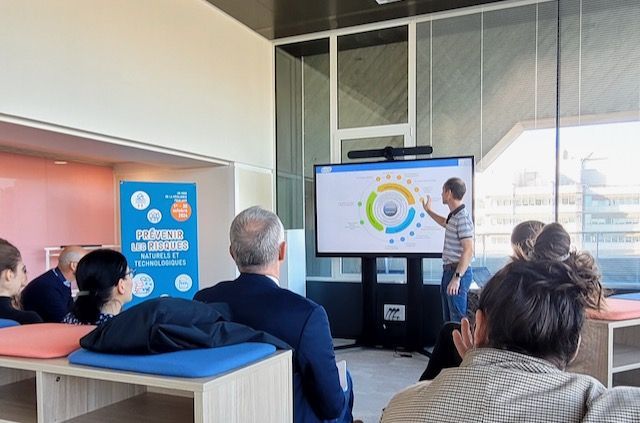
We held very interesting in-person discussions about how my Urban 2.0 framework and system can be used by cities and towns around the world, and also the release of the UNDRR Global Assessment Report, Special Report 2024, which I was delighted to contribute towards.
The municipality of Bordeaux is continuing to pursue some excellent work in urban resilience, which I will be profiling in due course...

Almost half of Small Island Developing States' (SIDS) populations reside in urban areas. Research into urban resilience and urban planning tends to focus on cities in large nations, and only a relatively small amount of specific research on SIDS cities currently exists. However, much of the general urban resilience research is applicable to SIDS, as long as context is considered.
This paper focuses on ways to implement measures that will foster resilient and dynamic cities in SIDS. Ensuring good policy action to build, maintain and continuously improve these cities is key to achieving sustainable development and resilient prosperity as set out in the Outcome Document of the Fourth International Conference for Small Island Developing States (SIDS4).
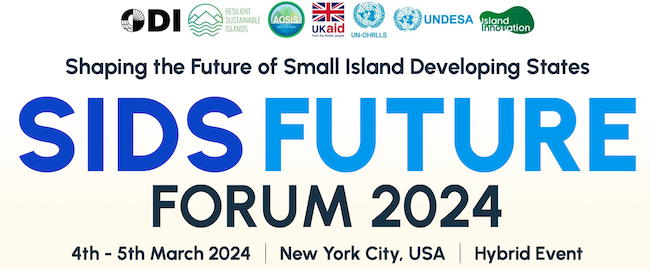
With growing challenges like climate change, debt burdens, and dwindling resources, they desperately need an actionable, doable, and ambitious roadmap for the next decade. 2024 is an important year for SIDS, with the SIDS4 conferencetaking place in May.
You can access details about the Forum on the Island Innovation website, here.

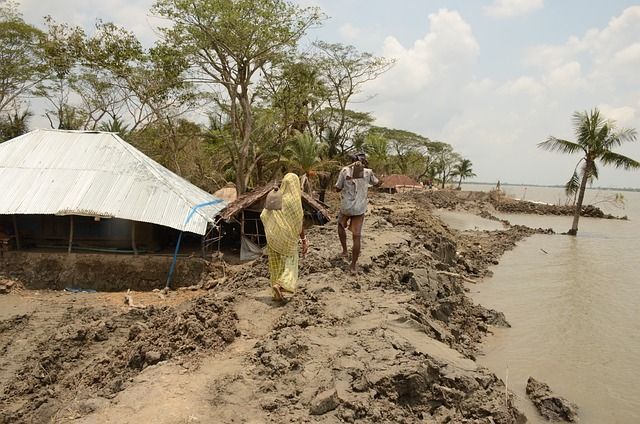
You can read edition #1 here. This first edition is an introduction to our work, containing a summary of some of the work we are undertaking, links to case studies and interviews with people about different aspects of avoiding disasters.


We held a very interesting in-person round table discussion with citizens about how disasters can be avoided.
The municipality of Bordeaux is pursuing some excellent resilience work, which I will be profiling in due course...

We reviewed approaches being taken to prevent hazards from turning into disasters, including examples and how innovation is helping countries, cities and communities prevent adverse fallouts from hazard events.
You can access the webinar and download all presentations here.

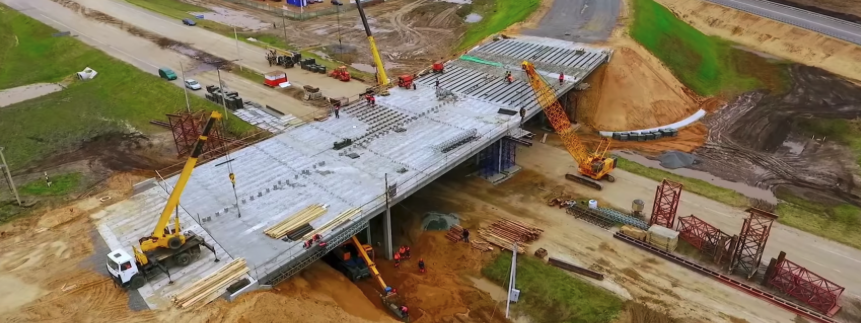
The December 2022 edition, which covers a wide variety of infrastructure-related topics, is available here...
